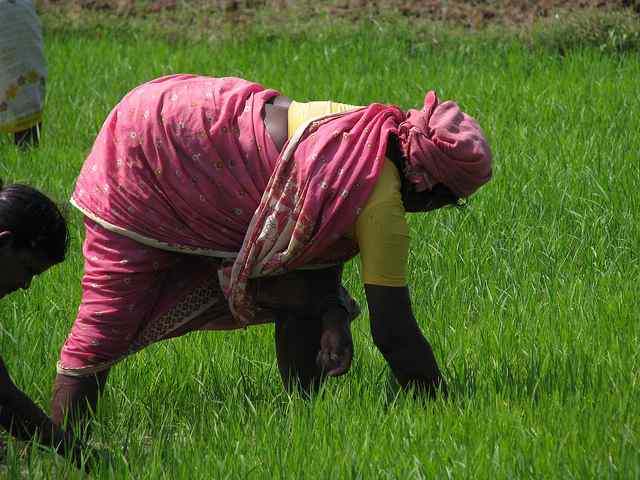The United Nations declared 2014 the International Year of Family Farming (IYFF) to highlight the importance of family and smallholder farmers. Food Tank is partnering with the U.N. Food and Agriculture Organization (FAO) to commemorate IYFF, and will feature weekly posts and other media highlighting the innovations that family farmers are using to alleviate hunger, poverty, and environmental degradation along with the campaigns and policies that support them.
How much impact can a bit of land the size of a tennis court have on the well-being of a family? Landesa Rural Development Institute has found that a portion of land about 2000 square meters, or a tenth of an acre, can be used to improve nutrition and increase income. Landesa, a Seattle-based non-profit that focuses on securing land rights for families in poverty, worked with the Indian government to implement a micro-plot program, equipping Indian families with 210,613 micro-plots in 11 states. Future plans include expanding the programs to serve two million families who currently are without land.
Landesa has found that the ideal size for micro-plots is between 100 and 270 square meters (about 330 to 885 square feet), and that beyond that, the benefits plateau or even decrease. Home gardens on micro-plots increased average monthly income by a third and provided some women with greater security and improved control over household assets. The programs are so successful and well-supported that other places, such as Punjab, Pakistan, are adopting their own versions.
The Seattle Times reports that Landesa has also begun a pilot program in West Bengal called “Security for Girls Through Land,” in which girls learn more about gardening and land rights. The ideal outcome is that this knowledge will improve girls’ social status.













